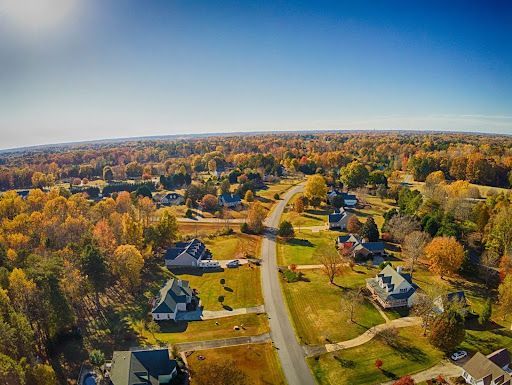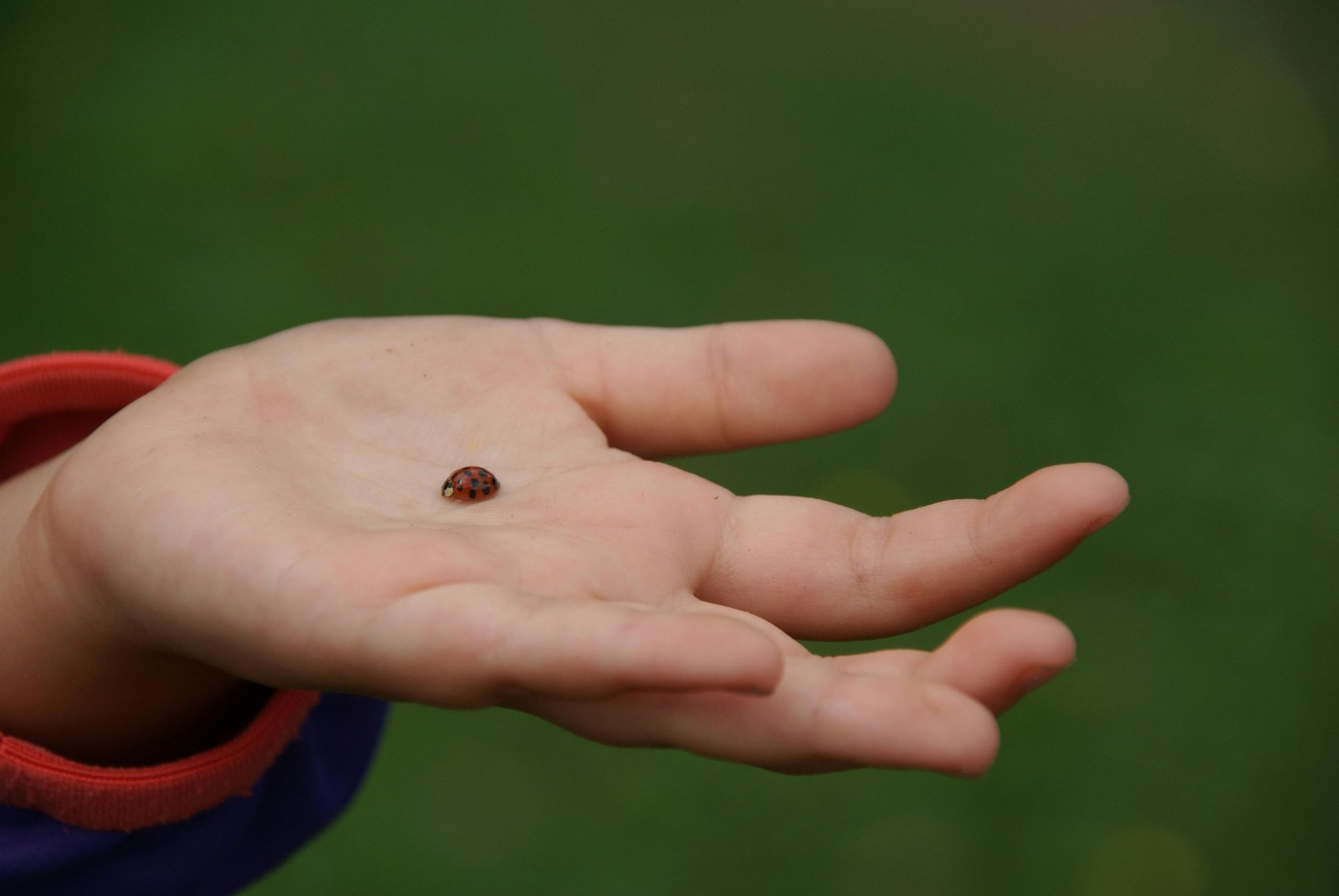Safe Pest Management for Families with Children
As households prioritize cleanliness and pest control, it's crucial to ensure the safety of all family members, especially curious little ones who are more vulnerable to chemicals. By choosing safe and effective methods, we can create environments that are both child-friendly and sanitary.
Understanding the Risks: Chemical Pest Control vs. Child Health
Ensuring a home is safe for children is a primary concern for families, especially when it comes to pest control. Traditional chemical pesticides can carry risks that weigh heavily on the minds of parents in communities from Reno to North Valley. While effective against pests, these chemicals often contain toxins that can be harmful to children if ingested or inhaled. Reports indicate that accidental poisonings due to pesticides are not an uncommon occurrence in households, leading many families to seek out safer alternatives.
There is a growing recognition of the need for child-safe pest management. This has spurred the rise of eco-friendly pest control solutions, which aim to mitigate pest problems without the associated health risks to children. The movement towards safer pest control reflects a collective commitment to health and environmental stewardship within communities like Spanish Springs and Sun Valley.
Identifying Child-Safe Pest Control Options
With the marketplace expanding for safer pest management options, parents in Fernley, Carson City, and beyond now have a variety of eco-friendly pest deterrents and killers at their disposal. These products are designed with children's health in mind, using less toxic substances to achieve the same goal of a pest-free home. Not all products labeled 'natural' or 'safe' meet the same standards, which is why it's crucial for families to make informed choices.
When selecting child-safe pest control products, it's essential to look for those that are free from harmful chemicals. Certain ingredients, such as organophosphates and carbamates, should be avoided due to their toxicity. One should also check if a product is registered with the Environmental Protection Agency (EPA), which provides a layer of assurance regarding the safety and efficacy of pest control solutions.
Preventative Measures: The First Line of Defense
Preventing pest infestations is as critical as controlling them. Regular cleaning schedules and the minimization of clutter can deter pests from taking up residence in homes. Families in Lemmon Valley and Panther Valley, for example, can reduce their pest attraction by maintaining a routine that keeps spaces tidy and free from food debris, which is often a primary draw for pests.
Natural pest repellents can also play a significant role in preventing unwanted visitors. These non-toxic alternatives rely on substances that are unappealing to pests but are safe for children. Diatomaceous earth and essential oils like peppermint and citrus have proven to be effective in certain situations. It's also beneficial to seal up cracks and crevices that serve as entry points for pests, further safeguarding our homes in Reno and Sparks.
For those with a do-it-yourself spirit, making non-toxic repellents at home can be another way to engage in child-safe pest control. Creating these solutions can be a family activity, with recipes readily available that use common household ingredients. These should be used with understanding and caution, keeping the safety of children as the top priority.
Eco-Friendly Pest Control Tactics
Embracing biological pest control methods is part of a broader, more sustainable approach to managing pests. These methods include using beneficial insects like ladybugs and lacewings, which are natural predators of many common garden pests. By introducing these allies to strategic areas, residents in communities from Fernley to Sun Valley can keep pest populations in check without resorting to harsh chemicals.
Non-toxic traps also play a vital role in controlling pests safely. These traps can capture everything from rodents to insects without the use of harmful substances. Safe usage involves placing traps out of reach of children and pets and checking them regularly. Professional eco-friendly pest control services, like those provided by Natura Pest Control, can offer expert advice and treatment options that are tailored for safety-conscious families.
Involving Children in Pest Prevention Education
Educating children on pest prevention not only contributes to a healthier home but also instills a sense of environmental responsibility. Games and activities, such as "bug bingo" or garden exploration, can be exciting ways for children to learn about beneficial insects versus pests. These interactive experiences can teach them the value of maintaining natural balance within their environment.
Children can also participate in prevention efforts by assisting with simple tasks like keeping their play areas clean and helping with gardening. Such involvement makes them an active part of the solution and reinforces daily habits that contribute to a pest-free home. The long-term benefits of this education are far-reaching, encouraging a lifetime of respect and care for the world around them.
Dealing with Infestations: Safe Removal Strategies
When dealing with common household pests, having a step-by-step plan can reduce the need for emergency chemical treatments. Starting with identification, residents can use resources to understand the pest they're dealing with and the most effective strategies for safe removal. Simple solutions, like vinegar sprays for ants, can be an excellent first response.
When an infestation becomes overwhelming or presents a distinct health risk, it's time to call in
eco-friendly professionals. Experts with a focus on eco-friendly strategies have the knowledge and tools to resolve pest problems without compromising the well-being of children. For additional advice on child-safe pest control practices,
trusted sources such as the EPA can offer guidance tailored to family environments.
Community Involvement and Local Resources
The impact of individual families choosing eco-friendly pest control can be amplified through community efforts. The support of local initiatives that promote environmental safety plays a significant role in spreading awareness and encouraging collective action. For instance, Nevada communities often come together to host educational events that focus on sustainable living and pest management.
For Nevada families in areas such as Sparks and Carson City, regional events and resources are valuable tools in the pursuit of safer pest control. They provide opportunities to connect with like-minded individuals and learn about the latest advancements in eco-friendly pest management. Keeping an eye on
local news or visiting community centers can reveal these beneficial resources, allowing families to embrace a healthier, more environmentally conscious lifestyle.
For a pest-free home that protects your family's health, choose Natura Pest Control, Reno's top eco-friendly pest solution provider. Explore our child-safe pest control options at Natura Pest Control for a healthier home.




